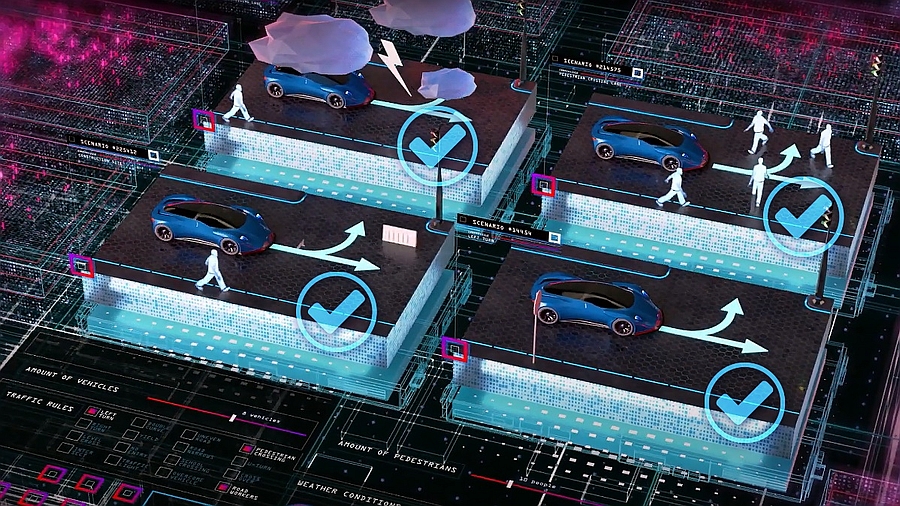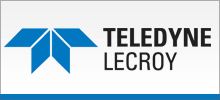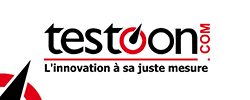- Dspace and BTC Embedded Systems (BTC) are expanding their partnership to provide the mobility industries with a simulation-based solution for the validation and certification of autonomous driving systems.
- The solution is based on Dspace’s Simphera simulation and validation environment, into which BTC’s ScenarioPlatform tool can be seamlessly integrated.
- This solution combines the know-how of both companies and enables the automatic validation of driver assistance systems (ADAS) and autonomous driving functions (AD).
The validation of driver assistance systems (ADAS) and autonomous driving (AD) functions requires the implementation of virtual and scalable simulation solutions offering data management, test creation, simulation and evaluation processes, including risk analysis. The solution proposed by BTC and Dspace aims to address these issues.
Dspace offers solutions for simulation-based verification and validation (V&V) at all system levels in the automotive industry. Based on realistic simulation models and digital twins, customized solutions are available for testing ECU software and electronics at the component, system and vehicle level and for safety validation. Its V&V environment enables seamless transition between different test levels and SIL and HIL validation during regular test reuse. Based on Automotive Simulation Models (ASM), the new web-based simulation and validation solution, Simphera, will be available for customer projects from the second half of this year. This scalable and intuitive environment for ADAS/AD validation can be used on-premises or in the cloud, enabling collaborative use and remote access without geographic limitations.
BTC provides software testing and verification tools for the automotive industry. Its ScenarioPlatform is an automated solution for scenario creation, test generation and test evaluation based on coverage. Graphical traffic scenarios can be created intuitively using its ScenarioComposer tool. Thousands of test cases can be represented with a single abstract scenario. The automatic test generation function uses advanced technologies such as model checking and Artificial Intelligence. Through vulnerability analysis, it generates test cases based on static methods and descriptive coverage measures. Unlike random or brute force test generation approaches, this strategy aims to reduce the amount of test data while providing appropriate metrics. This allows for the determination of when testing activities have been completed, even with respect to future certification criteria. Simulations are automatically evaluated by the RuleObserver tool to ensure compliance with traffic rules or safety objectives.






